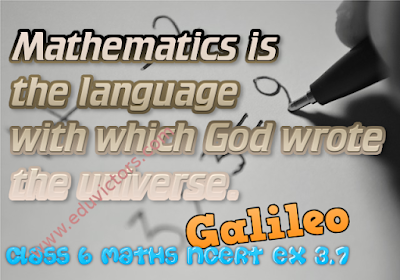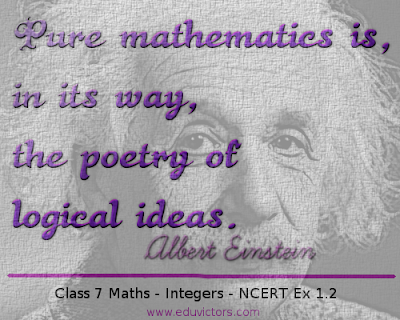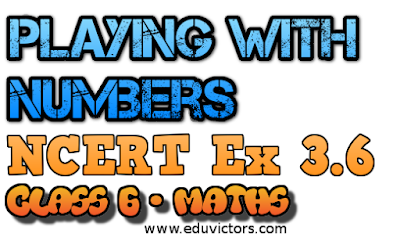Playing With Numbers
EXERCISE 3.7
CBSE Class 6 Maths
Q1: Renu purchases two bags of fertiliser of weights 75 kg and 69 kg. Find the maximum value of weight which can measure the weight of the fertiliser exact number of times.
Answer:
The maximum weight = HCF of 75 and 69.
Factors of 75 = 3 ✕ 5 ✕ 5
Factors of 69 = 3 ✕ 69
HCF = 3
∴ the required weight is 3 kg.
Q2: Three boys step off together from the same spot. Their steps measure 63 cm, 70 cm and 77 cm respectively. What is the minimum distance each should cover so that all can cover the distance in complete steps?







